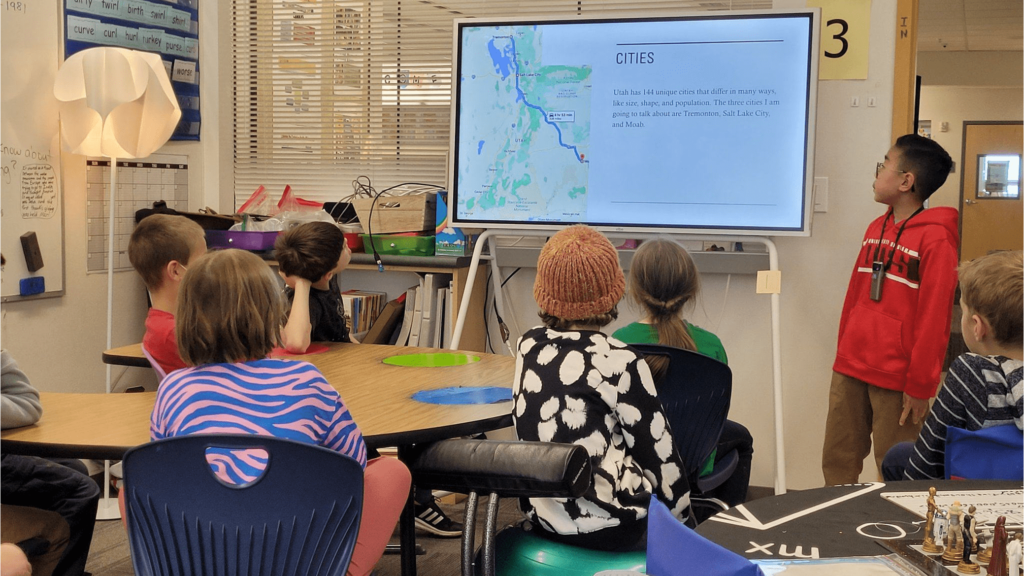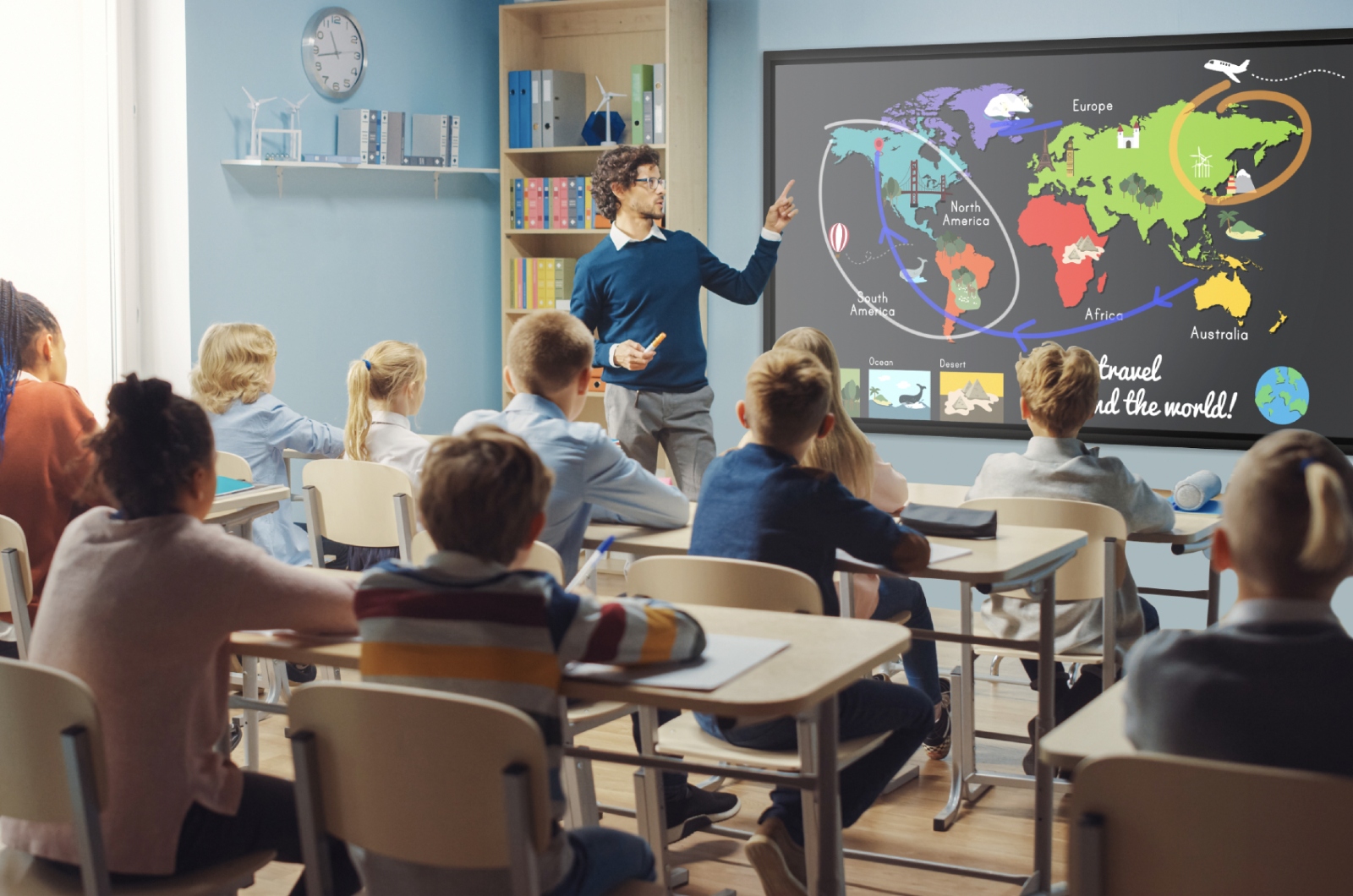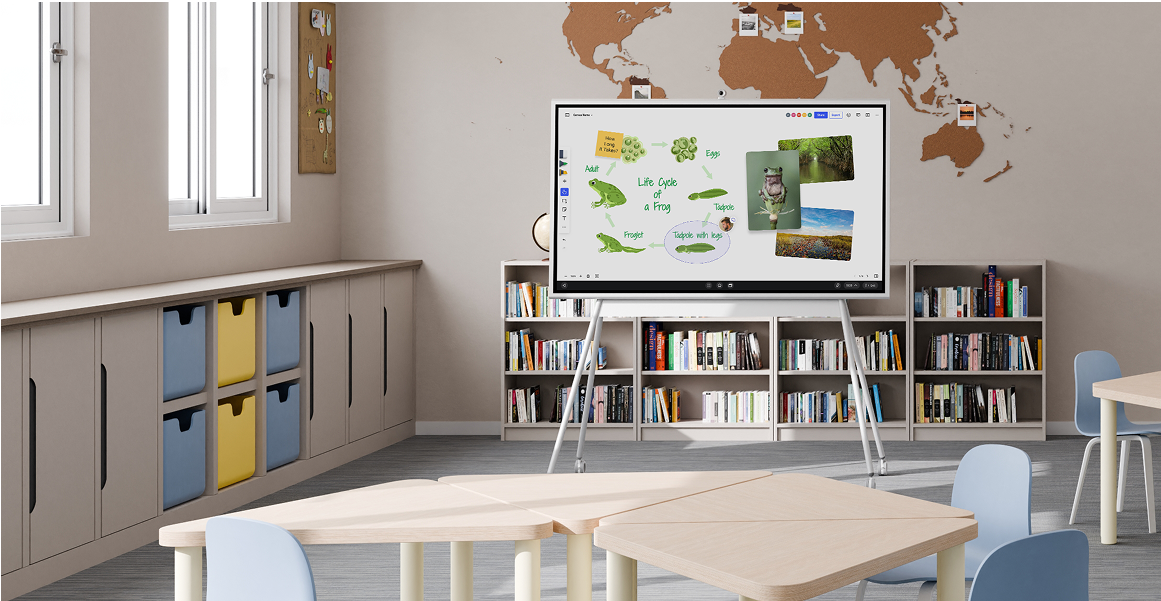Creating an engaging classroom environment where every student feels motivated to participate is one of the most rewarding challenges educators face. As put by Oxford Learning, “Class participation is a scary word for many. All students have had classes where they hoped the teacher wouldn’t call on them. Being scared of saying the wrong thing or giving an incorrect answer in front of friends and peers can be very scary for many. Most students prefer to remain silent to escape the potential embarrassment of speaking in front of their peers.” However, when students push past these barriers and actively engage with course material, ask questions, and contribute to discussions, learning comes alive. However, fostering meaningful participation requires intentional strategies, thoughtful planning, and the right educational technology tools to support diverse learning styles.
What is Class Participation?
Class participation encompasses the active engagement of students in classroom activities and with course materials. It involves thinking, reading, discussing, and applying knowledge rather than simply sitting and absorbing lectures. True participation means students are directly involved in the learning process, contributing their perspectives, asking questions, and engaging with both the content and their peers in meaningful ways.
Active vs. Passive Participation
The distinction between passive and active learning fundamentally changes classroom dynamics. Active participation requires students to engage with the material through discussions, problem-solving, and activities that demand critical thinking. Students take initiative, interact with learning materials, and drive their own educational experience. This style of learning significantly enhances student engagement and can improve knowledge retention. Passive learning, conversely, involves students receiving information without meaningful interaction, typically through lectures where they simply listen and take notes. This type of learning doesn’t build student confidence in understanding, which results in a fear of participation that builds negative momentum.
The Difference Between Attendance and Participation
Simply showing up to class is a great start, but it isn’t enough for long-term learning success. Research demonstrates that participation quality predicts performance on final exams, while attendance alone does not when participation is controlled for. [1] Students must be mentally present and available to engage during sessions, not just physically present. This distinction emphasizes that effective learning requires active involvement rather than mere attendance.
The Challenge of Grading Participation
Assessing participation levels presents complex challenges for educators. Many professors determine participation grades impressionistically, using participation as a “fudge factor” in computing final grades. Critics argue that grading participation can disadvantage shy or introverted students and that the interpretation of student behavior is subjective and difficult to justify. [2] However, it has been found that when implemented thoughtfully with clear rubrics and expectations, grading participation can signal to students the value of active learning and encourage consistent preparation for class engagement [3].

Common Participation Activities
Effective participation activities should accommodate different learning styles and comfort levels while encouraging meaningful engagement with course content.
Small Group Discussion
Breaking students into smaller groups creates a less intimidating environment where quieter students feel more comfortable contributing. These collaborative formats allow for deeper processing of ideas before sharing with the larger class.
- Think-pair-share sequences where students first reflect individually, then discuss with a partner, and finally share insights with the class
- Jigsaw activities where each group member becomes an expert on one aspect of a topic and teaches others
- Fishbowl discussions where one group discusses while others observe and later rotate in
Our favorite software tools for small group discussions:
In-Class Polling
Using technology in the classroom to poll provides immediate feedback while accommodating students who prefer anonymous participation. These tools help gauge understanding in real-time and can reveal misconceptions that need addressing.
- Multiple-choice questions during lectures to check comprehension of key concepts
- Word clouds generated from student responses to open-ended prompts
- Exit tickets asking students to rate their confidence level on the day’s material
Our favorite software tools for in-class polling:
Peer Reviews or Feedback
Peer evaluation activities develop critical thinking skills while creating opportunities for meaningful interaction with course content. These exercises help students learn from each other’s perspectives and improve their own work through constructive criticism.
- Gallery walks where students post work and provide sticky note feedback to peers
- Peer editing sessions using structured rubrics for essays or projects
- Speed review rounds where students briefly present ideas and receive rapid feedback
Our favorite software tools for peer reviews and feedback:
Gamified Activities
Incorporating game elements taps into students’ natural competitiveness and desire for achievement while making learning more engaging. Gamification in education can transform routine assessments into exciting challenges that motivate sustained participation.
- Point-based learning quests where students earn badges for completing assignments, participating in discussions, or mastering specific skills
- Classroom tournaments with brackets for debate competitions or problem-solving contests
- Scavenger hunts where students search for vocabulary words, historical artifacts, or scientific concepts hidden around the classroom
Our favorite software tools for gamification:
 Teachers facilitate a Wheel of Fortune game with students in a classroom setting, demonstrating gamification techniques in educational instruction.
Teachers facilitate a Wheel of Fortune game with students in a classroom setting, demonstrating gamification techniques in educational instruction.Benefits of Class Participation
The advantages of fostering active learner participation extend far beyond simply keeping students awake during lectures. When educators successfully implement participation activities, they unlock a range of powerful benefits that enhance both immediate learning outcomes and long-term student development.
Improved Learning Outcomes
Active participation directly correlates with better academic performance. Students who engage in discussions, ask questions, and share ideas demonstrate deeper understanding of course material. When students articulate their thoughts and respond to peers, they process information more thoroughly, leading to improved comprehension and higher grades on assignments and exams.
Enhanced Knowledge Retention
Engaging in class discussions and activities significantly improves information retention. When students actively participate rather than passively listen, they create stronger neural pathways and more memorable learning experiences. The act of verbalizing concepts, defending positions, and applying knowledge in real-time helps cement information in long-term memory.
Critical Thinking Development
Class participation requires students to analyze information, form evidence-based opinions, and evaluate different perspectives. This process naturally develops critical thinking skills as students learn to question assumptions, synthesize complex information, and construct logical arguments. These analytical abilities prove valuable far beyond the classroom setting.
Communication Skills Development
Regular participation helps students develop essential communication skills, including active listening, clear articulation of ideas, and constructive responses to feedback. Students learn to express complex thoughts coherently, engage in respectful debate, and adapt their communication style to different audiences.
 Student presenting a project using an Vibe interactive whiteboard display while developing public speaking and communication skills.
Student presenting a project using an Vibe interactive whiteboard display while developing public speaking and communication skills.Building Student Confidence
Speaking up in class helps students build confidence in their ideas and abilities. As students successfully contribute to discussions and receive positive feedback, they develop greater self-assurance that extends to other areas of life, including public speaking and professional interactions.
Preparation for Professional Settings
Classroom participation mirrors many professional environments where collaboration, communication, and active engagement are essential. Students who develop strong participation skills are better prepared for workplace meetings, team projects, and leadership roles that require confident communication and collaborative problem-solving.
6 Strategies for Increasing Participation
Successfully implementing participation activities and realizing the benefits discussed requires intentional strategies that address both the physical classroom environment and the social dynamics that either encourage or inhibit student engagement. These approaches help educators create conditions where meaningful participation becomes natural rather than forced.
- Set the Class Up For Success – Create an optimal physical and social environment by arranging seating to facilitate eye contact and discussion, establishing clear participation expectations from day one, and using movable desks to foster engagement. Know student names and keep a pulse on which participation activities they resonate with.
- Design Engaging Activities – Develop activities that naturally encourage student engagement rather than forcing participation, creating multiple pathways for engagement that accommodate different comfort levels and communication styles through hands-on demonstrations, problem-solving exercises, and creative assignments.
- Incorporate Varied Teaching Methods – Blend different instructional approaches to accommodate diverse learning preferences by combining traditional lectures with interactive learning elements, using flipped classroom techniques, and implementing cooperative learning structures that create interdependence among students.
- Share Responsibility for Participation – Involve students in creating participation guidelines and classroom norms that support inclusive discussion, such as “critique ideas, not people” and “allow others to finish speaking,” making them invested partners in creating successful classroom dynamics.
- Listen and Give Clear Feedback – Demonstrate active listening by acknowledging student contributions meaningfully, building on their ideas, and providing specific constructive feedback that shows students their input influences class direction and makes them feel heard and valued.
- Praise Participation Attempts – Recognize and celebrate participation efforts rather than just perfect answers, creating a supportive environment where students feel safe to take intellectual risks and understand that thoughtful questions can be as valuable as correct responses.
Improve Class Participation with the Vibe Board S1
The Vibe Board S1 transforms traditional classroom experiences by breaking down the barriers and challenges of class participation. This premier interactive digital whiteboard creates seamless opportunities for the varied participation activities that research shows improve engagement, from small group work sessions and peer feedback to real-time polling and gamified learning experiences. The board’s 20-point multi-touch capability allows multiple students to collaborate simultaneously on the screen, helping each student feel involved. For remote and hybrid class environments, the content can be shared with students to interact with in real-time with educators and in-class participants.
Split-screen capability supports the varied teaching methods that encourage participation by allowing educators to extend participation to hybrid classroom environments. Using the Vibe One companion app, teachers can facilitate participation from anywhere in the classroom, supporting individualized encouragement while overseeing the interactive experience essential for meaningful engagement. The Vibe Board has easy access to over 250 application integrations like ClassDojo, Kahoot!, Wordwall, GoNoodle, Miro, and more. Alongside supporting both Google Workspace, Microsoft 365, and many education platforms, the Vibe Board S1 makes implementing participation strategies both engaging and accessible for every teacher.





-1sbltxxq4FYxHrXrwJVLsCDNsXpqNa.webp)
-5Zp0pmSytvcuYDVs1LvuwplKuRneK0.webp)
